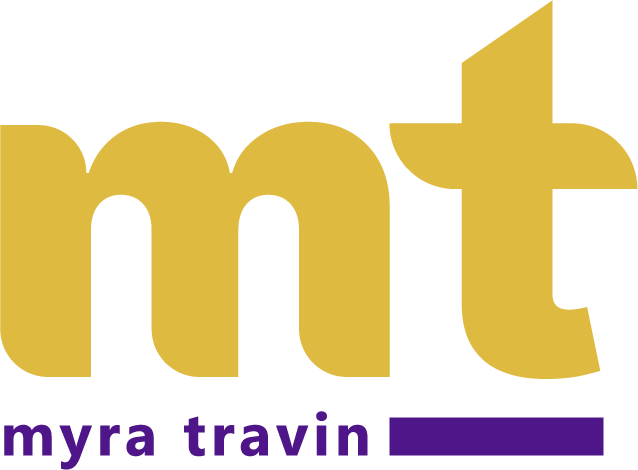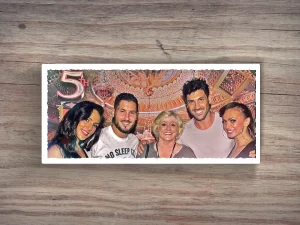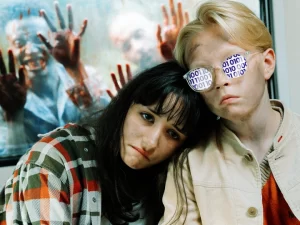I met someone at @mLearnCon. I suppose I looked like his type. When I say type, I mean: a woman. By type, a woman to ask this question: Why don’t women code? I hesitated a moment because I knew what the answer was and I knew it usually brought with it a quizzical look from those who asked me. As a women in IT for most of my career, I knew where the landmines were, and mostly stepped around them. I knew that if I talked about it honestly, like a fish gliding in the water, the next question to me would be: What do you mean by wet?
MlearnCon was a great experience, full of possibilities and wonder about the future of performance support, wearable devices and the freedom of mobility across platforms and devices. But, the conference experience as a woman is always a bit solitary.
In IT fields, it’s not just the loneliness of being the one woman on a dev team, or being the guarded project manager of a sea of male faces. Here’s the deal: Call of Duty: Black Ops had over 100 million accounts in January of 2014. And, let’s just say: I wasn’t one of them.
“The working environment,” I told him. “What do you mean by that?” he said.
Explaining the concept of otherness to someone who has no real way of understanding it from your perspective is never easy. As I have been designing a STEM education project for girls, I have been asking myself this question, too. At what point do girls feel like they don’t belong in science, math and technology? When is it that they unconsciously decide they don’t belong or wouldn’t be welcomed if they joined?
As CodEd, an organization that teaches computer science to girls from underserved communities, suggests: “Only 18% of computer science majors in 2008 were women. That number has declined by over 50% in the past 20 years, and in 2008, only 7% of middle school girls thought that computer engineering would be a desirable career. For low-income students, the numbers are even more discouraging. Just 30 in every 10,000 low-income ninth-grade students go on to earn a bachelor’s degree in a STEM field, and only one of those students will start graduate school in a STEM field immediately after graduation. Meanwhile, K-12 computer science education offerings decreased 35% from 2005 to 2009.”
I don’t think I told him anything he didn’t already know, if he looked around. In an industry that is underrepresented by women and an industry culture that is not always welcoming, the solution may not be to continue to wonder about why women don’t code, but to begin by actively listening about the existence of the problem they describe. We want our voice to be heard. We want to be welcomed into the clubhouse. And, with 1,000,000 more expected jobs than students by 2020, you are going to need us.





